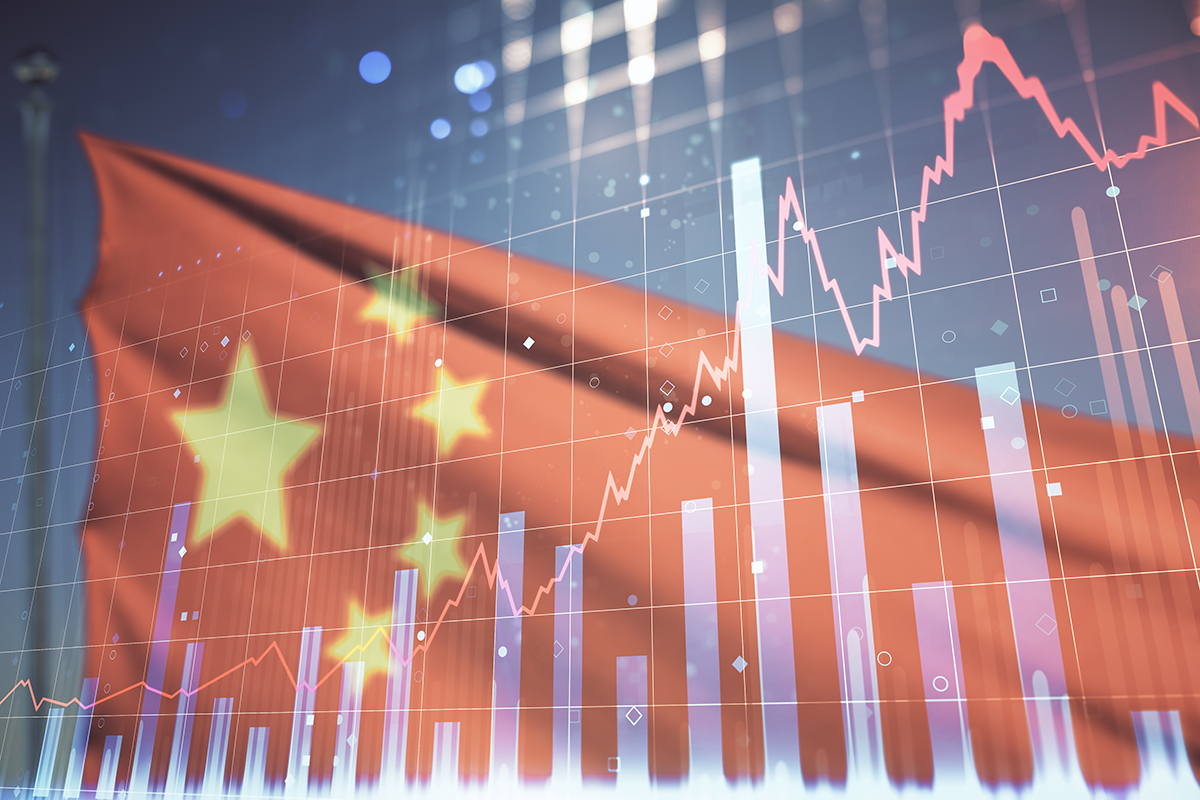For years, China has powered global economic momentum. However, the recent stagnation in its economic growth has sparked concern among global stakeholders, who now perceive China more as an economic challenge rather than a safeguard.
Signs of strain include the Hang Seng Index in Hong Kong entering a bear market and the Chinese yuan plummeting to a 16-year low, prompting aggressive intervention by the central bank.
Post the relaxation of COVID-19 restrictions, China’s initial economic rebound has started to wane. Falling consumer prices, a deepening housing crisis, and declining exports, combined with youth unemployment concerns, portray a challenging picture. Furthermore, recent defaults by a major homebuilder and a noted investment firm raise fears about China’s financial stability.
Global banks have responded by slashing China’s growth forecasts below 5%. These revisions make it likely that China could miss its official growth target, a concerning prospect for President Xi Jinping’s administration.
Contrast this with 2008, when China propelled global recovery with an unmatched stimulus package, and it’s clear that the current landscape is dramatically different.
Property Concerns:
A slowdown has been evident since April, but recent defaults by giants like Country Garden have heightened concerns. These developments bring back memories of Evergrande’s 2021 debt defaults which marked the onset of the property crisis.
Although Beijing is pushing for measures to invigorate the real estate market, even the industry’s strongest players are nearing default. Defaults are also affecting China’s vast $2.9 trillion investment trust industry. Zhongrong Trust’s failure to repay significant sums has provoked public protests.
Julian Evans-Pritchard of Capital Economics warns that continued property sector losses could destabilize China’s broader financial landscape.
Local Government Debt:
Rising local government debt, driven by decreased land sales revenue and lingering pandemic-related expenses, threatens China’s banking sector and limits the government’s growth-promoting capabilities.
China’s historical approach to economic challenges, as seen in 2008’s fiscal package, is unlikely now due to its current debt burden. Policymakers are wary of past measures leading to excessive debt that could haunt the economy later.
China’s focus is on managing systemic debt risks, with major financial institutions collaborating to address the challenge.
Demographic Challenges:
China’s long-term obstacles include a declining population and strained relationships with pivotal trading partners like the U.S. and Europe. The country’s fertility rate has dropped alarmingly, even surpassing Japan, known for its aging demographic.
Recent data indicates China’s population began to shrink last year, marking a first in over half a century. Moody’s Investors Service points out that China’s aging population poses substantial challenges to its economic potential. A reduced workforce could heighten fiscal deficits, diminish domestic savings, and deter investments.
Adding to these are factors like slowed urban migration and geopolitical issues, which, as Evans-Pritchard remarks, are largely unmanageable by policymakers.
While China has weathered many storms in the past, its present economic challenges are multi-dimensional and require comprehensive strategic interventions.
China stands at a pivotal juncture in its economic trajectory. Once the powerhouse of global economic stability, it now grapples with multifaceted challenges ranging from property market distress to demographic shifts. How China navigates these waters will not only determine its future growth but will also shape the broader global economic landscape. As stakeholders and global partners watch closely, the strategies adopted by Beijing will be critical in setting the course for the coming decades.







